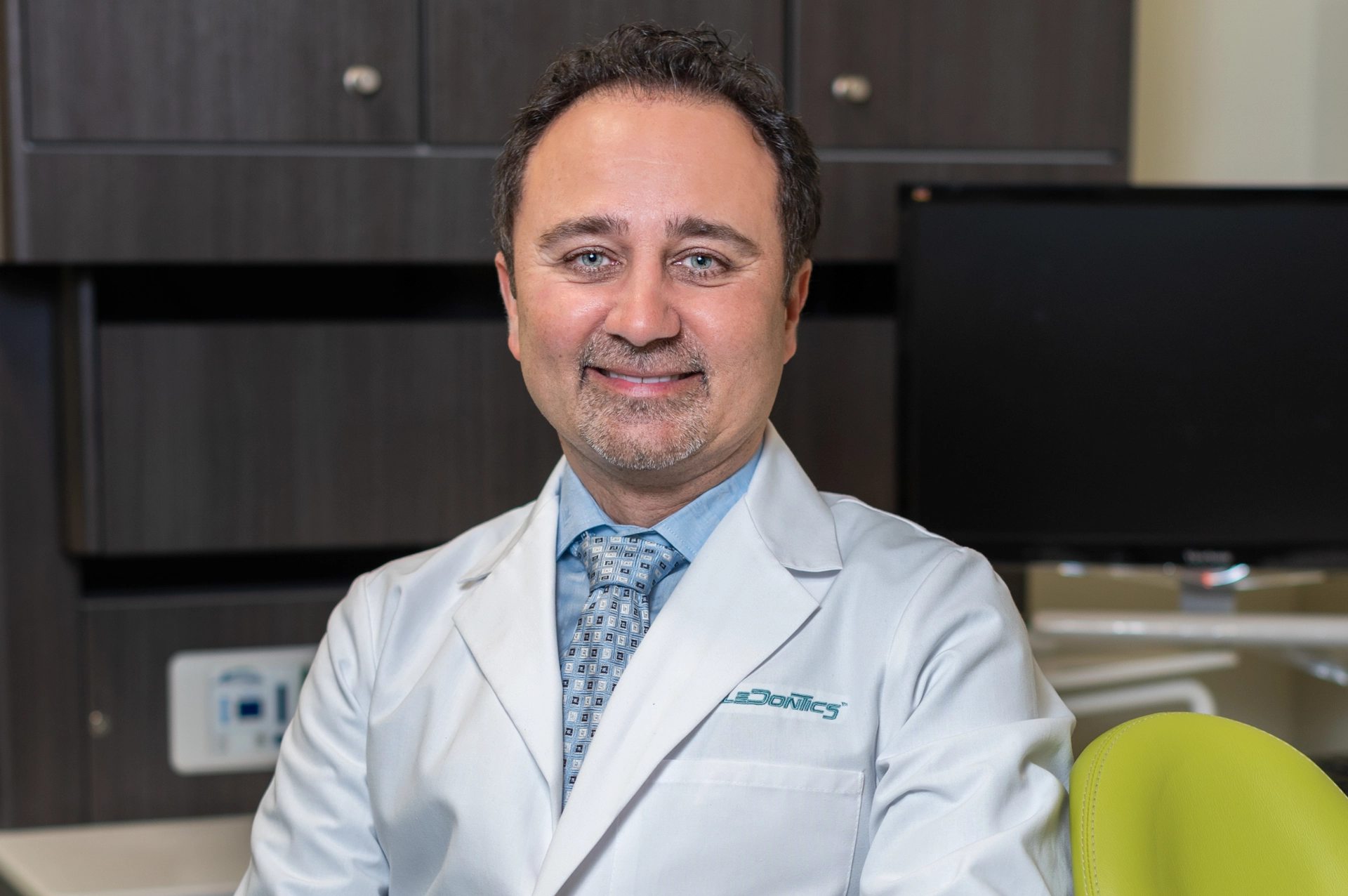
Great oral health starts with great habits. Using high-quality toothpaste that’s right for your teeth will help you maintain optimal dental health.
That said, there are many types of toothpaste so you might not be sure which one you should use. You don’t want to just pick up anything off the shelf and put it in your mouth. In this guide, we’ll dive deep into the types of toothpaste to help you understand the right one for you.
Here Are 8 Different Types of Toothpaste
Let’s take a look at different types of toothpaste.
1. Fluoride
Fluoride toothpaste is designed to strengthen your tooth enamel and prevent tooth decay. This is the most common type of toothpaste and the most used one in homes across the world.
Since this toothpaste promotes overall oral health and prevents tooth decay, it can be recommended for older kids and adults with a high risk of cavities, bleeding gums, and a diet high in processed carbs, sugar, and/or acidic drinks.
2. Whitening
Whitening toothpaste comes with abrasives and chemical agents designed to remove surface stains and whiten teeth. If you drink a lot of coffee, tea, or you smoke; you may benefit from this type of toothpaste.
3. Tartar Control
Dental calculus and tartar is something that a lot of people deal with. This builds up on your teeth and gums and can cause gum disease and bad breath. Using tartar control toothpaste can help prevent dental calculus from forming.
4. Sensitivity
Some people deal with severe tooth sensitivity due to no fault of their own. This is typically due to gum recession or exposed dentin. There are many types of toothpaste to help relieve tooth sensitivity and form a protective barrier that desensitizes your nerve endings.
5. Natural
If you’re concerned about the ingredients in the toothpaste you choose, we completely understand. All natural toothpaste is made without artificial ingredients and chemical additives.
In fact, we care so much about ensuring you have natural options that we created our own toothpaste with SuperMouth. This toothpaste doesn’t contain any harsh ingredients and comes in both a fluoride and non-fluoride option so it’s great for kids as well!
6. Childrens
Children’s toothpaste has little to no fluoride and is designed for kids that are unable to spit out the toothpaste. It comes in tasty flavors that kids enjoy and it helps them associate teeth brushing as a positive experience so they can develop good oral health habits.
7. Herbal
Herbal toothpaste contains herbs such as peppermint, neem, or clove. These ingredients are known for oral health benefits and these toothpastes are typically all-natural with therapeutic properties.
8. Gum Care
Dedicated gum care toothpaste is designed to attack gum-related issues like bleeding gums and gingivitis. It’s best for people who struggle with inflammation or early signs of gum disease to promote healthier gum tissue.
Choosing The Right Toothpaste For You
So, what is the best toothpaste and how do you choose? It’s important to talk to your dentist and voice your concerns over your oral health.
The type of toothpaste you choose is going to impact how it makes you feel and the results you get from it. Don’t simply choose something because it’s “what you’ve always used” or because it’s familiar.
Try new toothpastes that claim to have certain benefits and see how they work for you.
Frequently Asked Questions
Here are some of the most frequently asked questions about choosing from different types of toothpaste:
Does toothpaste expire?
Yes, toothpaste can expire. Like many other products, toothpaste has a shelf life, and using it after its expiration date may not be as effective or safe. The expiration date is typically printed on the packaging, and it indicates the period during which the toothpaste’s active ingredients remain stable and effective.
What is the best toothpaste?
The best toothpaste is a toothpaste that targets a specific issue. If you don’t have any specific issues like sensitivity or gum disease, then a fluoride toothpaste is likely the best choice.
What is the best whitening toothpaste?
We highly recommend the SuperMouth Mouthpaste because it contains ingredients such as nano-hydroxyapatite that naturally whiten your teeth compared to other options that contain harmful chemicals.
Final Thoughts
Now that you know the types of toothpaste and how to choose, you can take control of your overall oral health and make choices that are right for you. Learn more about oral health in Dr. Kami’s new book, If Your Mouth Could Talk!

